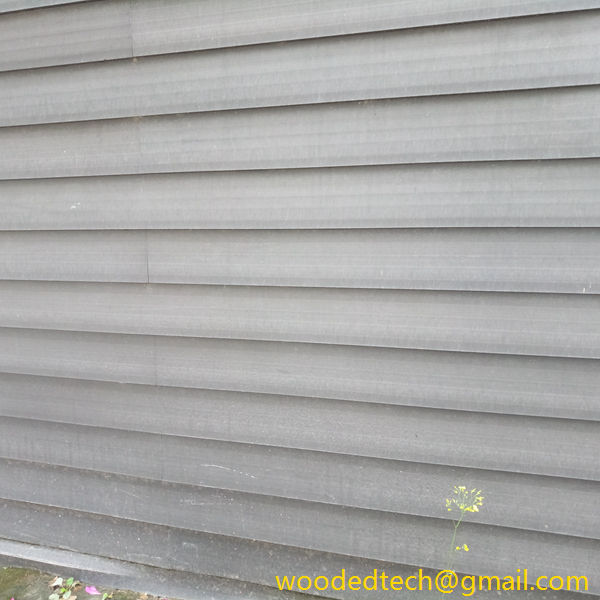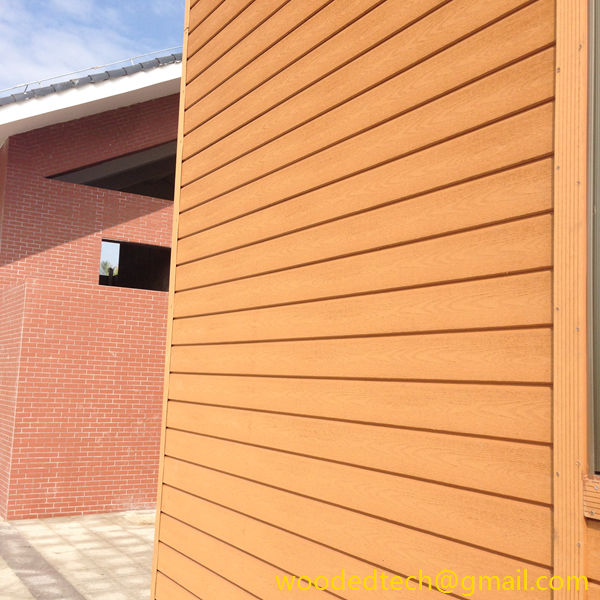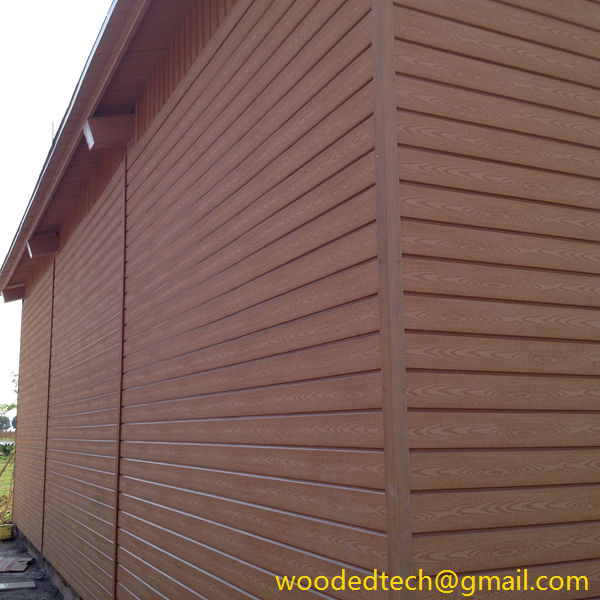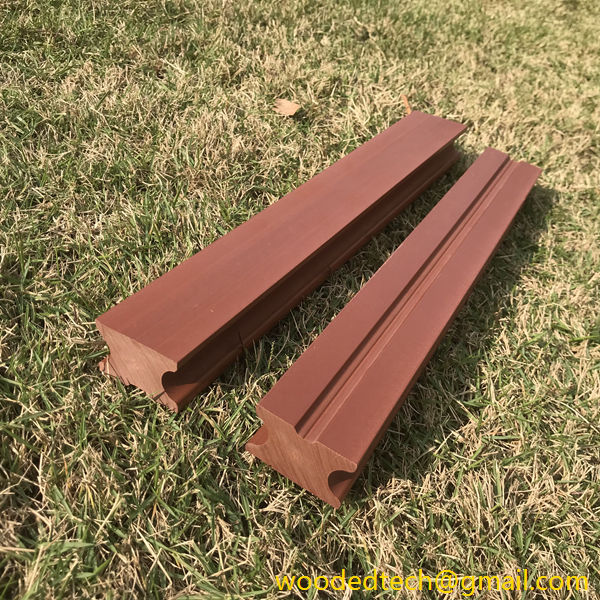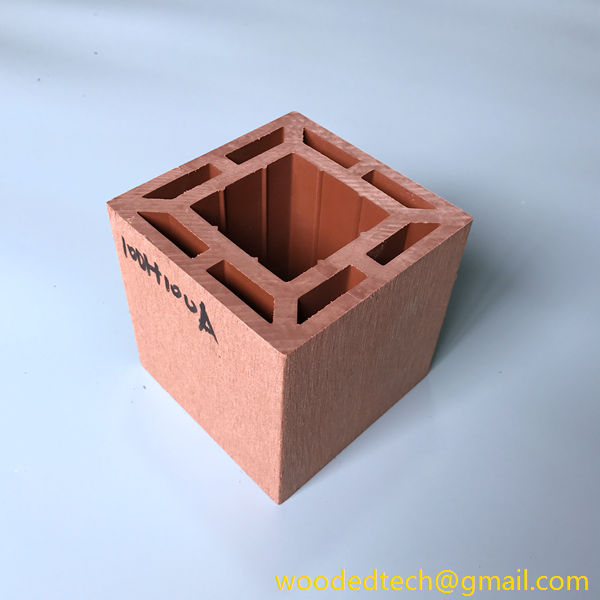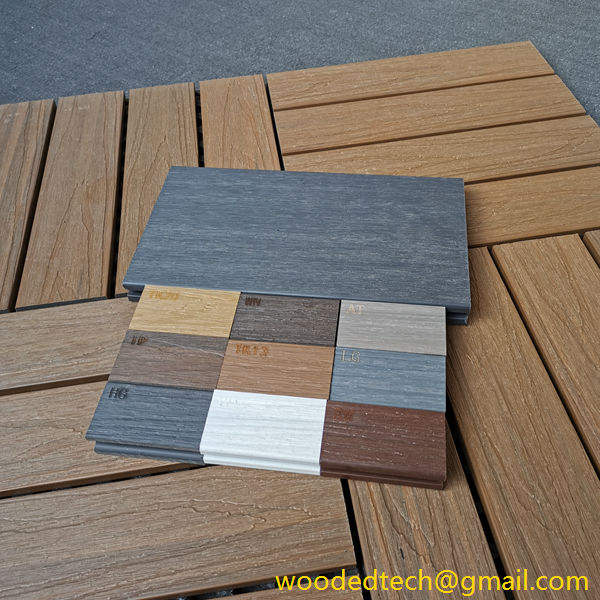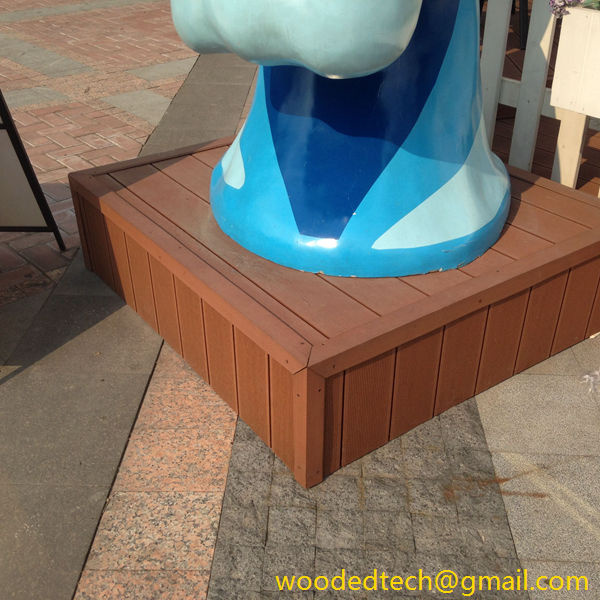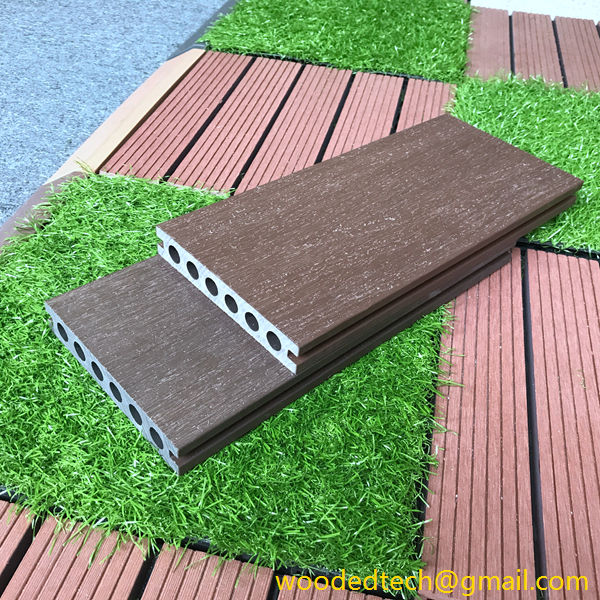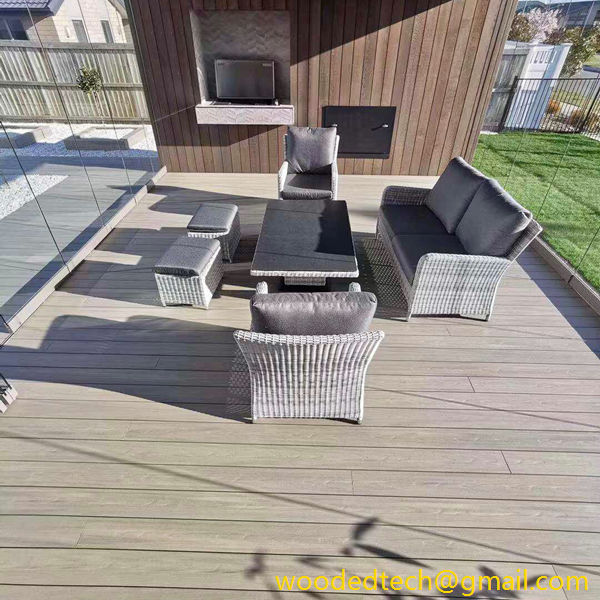Cost of WPC Wall Panel: What You Need to Know
Cost of WPC Wall Panel: What You Need to Know When considering the various options for wall paneling, one material that has gained significant popularity in recent years is Wood Plastic Composite, commonly known as WPC. This innovative material combines the natural aesthetics of wood with the durability of plastic, making it an attractive choice…
Cost of WPC Wall Panel: What You Need to Know
When considering the various options for wall paneling, one material that has gained significant popularity in recent years is Wood Plastic Composite, commonly known as WPC. This innovative material combines the natural aesthetics of wood with the durability of plastic, making it an attractive choice for both residential and commercial applications. However, one of the most critical factors influencing the decision to use WPC wall panels is their cost. Understanding the price range, the factors that affect pricing, and the overall value of WPC wall panels can help consumers make informed decisions.
To begin with, it is essential to understand what WPC is and how it is manufactured. Wood Plastic Composite is made from a blend of wood fibers and thermoplastics, typically in the form of recycled materials. This combination results in a product that not only mimics the appearance of natural wood but also possesses enhanced properties such as resistance to moisture, insects, and decay. WPC wall panels are available in various styles, colors, and finishes, making them versatile for different design preferences.
When evaluating the cost of WPC wall panels, several factors come into play. The first consideration is the type of WPC panel chosen. There is a wide range of options available, from basic models to premium offerings that feature intricate designs or additional functionalities. Basic WPC panels are typically more affordable, while custom or high-end panels can significantly increase the overall cost.
Another critical aspect influencing the cost is the size of the panels. WPC wall panels come in different dimensions, and larger panels may require a higher investment due to the increased amount of material used. However, larger panels can also reduce installation time, which may offset some of the material costs. It is important to balance the size of the panels with the desired aesthetic and functionality.
The installation process can also affect the overall cost of WPC wall panels. While some homeowners may choose to undertake the installation themselves, hiring professional contractors can lead to higher expenses. The complexity of the installation, including the need for specialized tools or techniques, can further influence labor costs. Additionally, it is important to consider any preparation work required before installation, such as wall framing or surface treatment.
Another factor to consider is the location of the project. Prices for WPC wall panels can vary significantly based on geographical location and local market conditions. In urban areas with a high demand for building materials, prices may be elevated compared to rural regions. Furthermore, shipping costs can also play a role in the overall expense, particularly if the panels need to be transported over long distances.
In addition to the initial material and installation costs, it is vital to consider the long-term value of WPC wall panels. One of the primary advantages of WPC is its durability. Unlike traditional wood, which can warp, splinter, or rot over time, WPC is designed to withstand the elements. This resilience means that homeowners may save money in the long run by reducing the need for frequent repairs or replacements.
WPC wall panels are also low maintenance, requiring minimal effort to keep them looking their best. Unlike painted surfaces that may need regular touch-ups, WPC panels can be cleaned easily with soap and water. This ease of maintenance can further contribute to cost savings over time, as homeowners do not need to invest in expensive cleaning products or services.
Sustainability is another important consideration when evaluating the cost of WPC wall panels. Many consumers today are looking for eco-friendly building materials that have a reduced environmental impact. WPC is often made from recycled materials, which can appeal to environmentally conscious buyers. While the initial cost of WPC may be higher than some traditional materials, the reduced environmental footprint and the potential for recycling at the end of its life can add to its overall value.
When comparing WPC wall panels to other materials such as vinyl or traditional wood, it is essential to weigh the pros and cons. Vinyl panels may be cheaper upfront but often lack the aesthetic appeal of natural wood. On the other hand, traditional wood may offer a beautiful look but can come with a higher maintenance cost and potential for damage over time. WPC offers a balanced solution, providing the visual appeal of wood along with the benefits of plastic.
In conclusion, the cost of WPC wall panels is influenced by various factors, including the type and size of the panels, installation methods, geographical location, and long-term maintenance considerations. While the initial investment may be higher than some alternatives, the durability, low maintenance, and sustainability of WPC can provide significant value over time. By carefully considering these aspects and how they align with individual project goals, consumers can make informed decisions about whether WPC wall panels are the right choice for their needs. Ultimately, WPC wall panels offer a stylish, practical, and sustainable solution for enhancing the aesthetics and functionality of any space.

